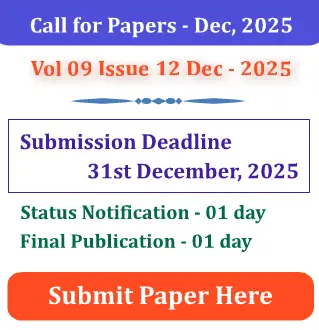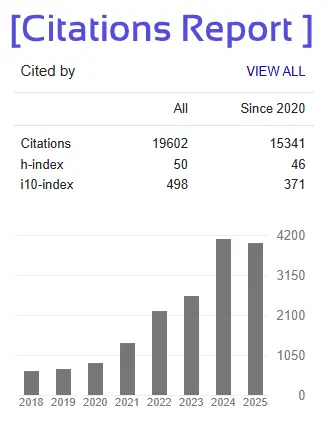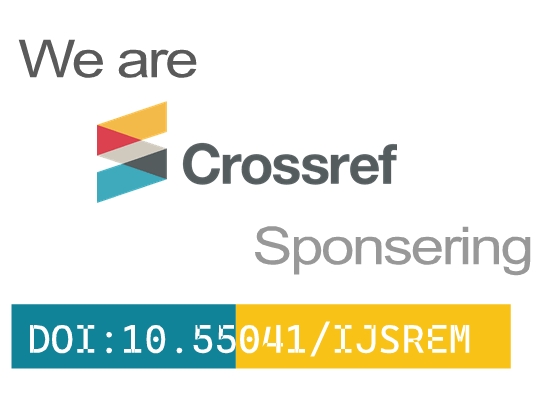Defect Analysis and Process Improvement in Sand Casting
Ajay Verma, Hemant Kumar Mahto, Saksham Raj Kashyap, Banti Kumar Paswan, Amit Kumar, Kundan Kumar Mahato & Purushottam Keshari
Department of Mechanical Engineering
K.K. Polytechnic, Govindpur, Dhanbad
ABSTRACT
A common process used to create metal, sand casting is known for producing intricate shapes with both ferrous and non-ferrous alloys, having low tooling expenses, and being flexible in design. However, regardless of its wide application, the process is susceptible to a series of casting defects that undermine the final product's mechanical properties, surface finish, and accuracy in terms of dimensions. These defects, such as inclusions of sand, cold shuts, blowholes, and shrinkage cavities, are most often due to variations in process parameters, improper mold design, or insufficient control over material characteristics.
The different types, reasons, and prevention of defects encountered in a green sand casting setup are systematically discussed in this research. To find out the most important factors for causing defects, data on defects was collected through three months of production and analyzed using quality control techniques such as Pareto charts, Fishbone (Ishikawa) diagrams, and process flow mapping. Poor operator procedures, poor gating and riser design, high moisture content of molding sand, and improper pouring temperature are the primary culprits identified. Therefore, following the investigation, remedial actions were implemented, including standardization of pouring procedures, training shop floor personnel, redesigning gating and riser system by means of casting simulation software, and improving the composition and moisture control of the sand. These improvements resulted in a significant reduction in the overall defect rate, which was reduced by as much as 46%. Besides demonstrating the worth of defect analysis in enhancing product quality, the study indicates how effective an integrated approach incorporating statistical tools, process simulations, and actual shop floor interventions can prove.For foundries interested in improving casting quality through a problem-solving system and continuous process improvement methods, this research provides as a reference model.







